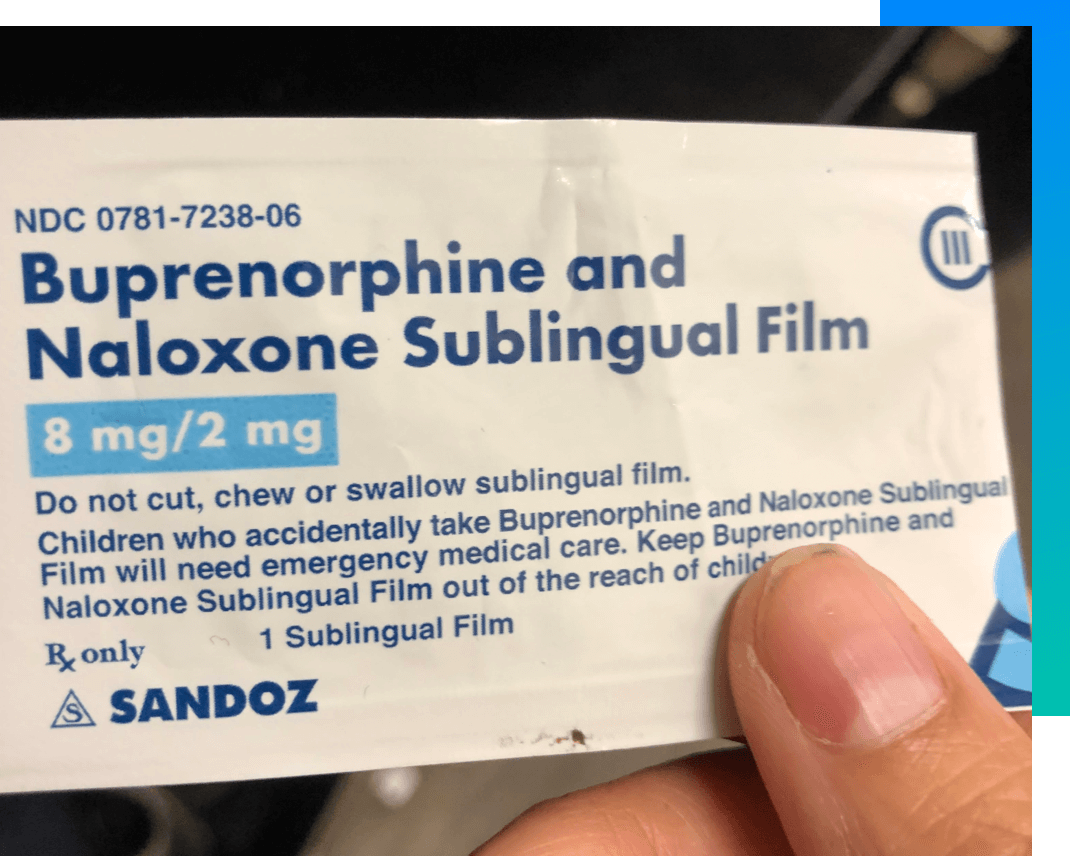Harm Reduction Issues
Medication for Opioid Use Disorder (MOUD)
There are many reasons that someone may be using opioids. More than 2 million people in the U.S. have an opioid use disorder (OUD) related to prescription opioids. Another quarter of a million people have an OUD related to heroin.
For people who want to reduce or stop using opioids, evidence-based approaches are available to do this safely. Medications for opioid use disorder (MOUD) are one such approach, and they’re most effective for long-term success when someone chooses to start treatment (versus being coerced or mandated).

Benefits of Medications for Opioid Use Disorder
This evidence-based treatment has been proven to:
Support people who to choose to reduce or stop their opioid use
Increase the likelihood that a person will continue to not use drugs
Reduce opioid use and symptoms related to opioid use disorder
Reduce the risk of infectious disease transmission
Reduce the chances of an overdose related death
For more information about this proven harm reduction strategy, read our Fact Sheet on Medications for Opioid Use Disorder.
The Gold Standard with Dr. Kim Sue
There are many ways that you can get medication for opioid use disorder into the hands of people who need it. Listen to our podcast The Gold Standard by our Medical Director Dr. Kim Sue to learn more about innovative programs across the country.
Types of Medications for Opioid Use Disorder
There are two types of evidence-based medications used to treat opioid use disorder that we support: methadone and buprenorphine.
Buprenorphine
Credit: Kim Sue
What it is: a partial opioid agonist, meaning that it binds to those same opioid receptors but activates them less strongly than full agonists do.
How it works: reduces cravings and withdrawal symptoms without producing euphoria.
How to get it: can be prescribed by certified physicians through the Drug Addiction Treatment Act.
Methadone
What it is: synthetic opioid agonist that binds to opioid receptors
How it works: eliminates withdrawal symptoms and relieves cravings
How to get it: must be dispensed through specialized opioid treatment programs
Find Buprenorphine
Harm reduction organizations around the country are working to make medications for opioid use disorder accessible to anyone who needs them.
Local harm reduction organizations and syringe service programs can help connect you with services.
SAMHSA’s buprenorphine finder is a directory of thousands of providers around the country who are authorized to treat opioid use disorder.
Please note that we have not vetted the providers on this list. You may want to call ahead to be sure that the information is still accurate.
Recent Wins
In 2019, National Harm Reduction Coalition partnered with ED-Bridge to expand access to buprenorphine in emergency room settings in California. Thanks to this effort, people seeking treatment for opioid use disorder can now access 24/7 treatment at 52 hospital sites on demand.
